Building a disease-free zone (SZZ) is one of the important solutions to proactively prevent and control diseases. Especially, when Vietnam integrates deeply into the world economy with new generation free trade agreements, to participate in the global livestock product supply chain requires openness and transparency in the livestock production chain from breeding, feed, disease prevention, preliminary processing, processing, etc.
Thus, promoting the construction of food safety livestock farming areas and chains not only serves the work of preventing and controlling livestock diseases but also ensures the supply of livestock products for the domestic market and promotes exports.
Provincial leaders visit the process of making feed for dairy cows at Vinamilk Tay Ninh Dairy Farm.
Sustainable livestock development strategy
The ATDB area is a favorable condition for businesses operating in the field of animal production and processing of animal products to feel secure in production and business, and is also a place that other businesses prioritize for investment, especially investors applying high technology, having chain linkages and aiming for export.
“According to the regulations of the World Organization for Animal Health (OIE), when exporting animal and animal products, livestock farms are required to comply with regulations and criteria on disease-free zones. If we want to export, we must comply with these regulations,” Mr. Nguyen Van Long, Director of the Department of Animal Health, emphasized at a press conference on the plan to organize the ceremony to announce the Disease-Free Zone in Tay Ninh province.
According to the Director of the Department of Animal Health, in Vietnam, the ATDB zone is not newly established but has been implemented by the Ministry of Agriculture and Rural Development and the provinces for many years. Up to now, pork products have been exported to markets such as: Korea, Hong Kong (China); chicken meat has been exported to Japan.
Therefore, the construction of food safety zones is of great significance in livestock development, enhancing product value, providing safe products for domestic consumption and creating conditions for export enterprises.
Mr. Tran Van Chien - Vice Chairman of the Provincial People's Committee said that by the end of 2023, the total poultry herd in the province will be about 10 million, with meat output reaching 62,460 tons. The livestock structure continues to shift from small-scale farming to concentrated farm-scale farming in the direction of biosafety farming.
There are currently 116 poultry farms in the province with a total herd of about 9 million birds. Of these, 81 farms have been granted VietGAHP certificates; Duong Minh Chau district and 6 commune-level farms in Go Dau district are disease-free from avian influenza and Newcastle disease in chickens; 71 other farms have been granted disease-free certificates.
The province has two enterprises exporting livestock products, including: QL Vietnam Agroresources Company Limited exporting chicken eggs to Hong Kong and Maldives; Vinamilk Company exporting to 60 countries, including the US, China, Korea, Japan, Singapore, New Zealand, Oceania, Southeast Asian countries... In the coming time, these two enterprises will continue to expand their export markets; a number of other enterprises in the province are also investing to aim for export.
According to Mr. Tran Van Chien, Tay Ninh identified the construction of facilities and food safety zones as an important task in implementing the livestock development strategy. Therefore, the agricultural sector will reorganize production stages, promote the construction of food safety zones, encourage businesses to invest in building advanced technology livestock and poultry slaughterhouses, diversify consumption markets, and form many high-tech livestock and slaughter chains.

Dairy farming at Vinamilk Tay Ninh Dairy Farm.
Aiming at export market
On February 14, 2023, the Prime Minister issued Decision No. 10/QD-TTg approving the Project "Strengthening international cooperation to build and develop Vietnam's Halal industry by 2030", creating a new direction, helping to open up a large-scale and potential Halal market.
The Halal food market for Muslims currently serves about 2 billion people worldwide. Halal food is understood as products that are permitted and legal to use according to Islamic law. These products must meet strict standards from the smallest ingredients to processing and transportation. The Halal food market is considered to have potential with a rapid growth rate, an opportunity for Vietnam to develop in exporting Vietnamese agricultural products.
To serve the export market, in 2023, the Department of Animal Health and the Department of Agriculture and Rural Development of the provinces: Dong Nai, Ba Ria - Vung Tau, Binh Duong, Binh Phuoc, Lam Dong, Tay Ninh, Long An and De Heus Vietnam Group signed a cooperation agreement to organize the construction of a safe chicken production chain, period 2023-2028. By December 2025, all slaughterhouses, preliminary processing and processing facilities for chicken meat will ensure food safety and hygiene and be certified with HACCP (short for Hazard Analysis and Critical Control Point System) - a quality management system based on the analysis of hazards and critical control points. It is an analytical tool to ensure food safety and hygiene and quality, GlobalGAP, ISO 22000, Halal.
According to Director of the Department of Animal Health Nguyen Van Long, Tay Ninh is a province with a favorable geographical location, with many strengths in agriculture, food, tourism, and services. In Tay Ninh, food products are very diverse, with great potential for export to the Halal market.
According to the Decision approving the Planning of Tay Ninh province for the period 2021-2030, with a vision to 2050, the goal is set for 2030, the province's agricultural sector will develop in the direction of value chain, quality, efficiency, meeting international standards to expand the market, improve efficiency and profit through promoting the application of advanced technology, mechanization, automation, computerization, digitalization and circular economy.
In particular, the formation of high-tech livestock farming areas, attracting businesses, cooperatives... to invest in livestock farming associated with high-tech chain processing, creating products that meet domestic and international standards, meeting the requirements of the export market.
Vice Chairman of the Provincial People's Committee Tran Van Chien said that in the provincial planning, Tan Chau district is oriented to form 5 high-tech agricultural zones, of which 4 zones develop concentrated, modern, food-safe livestock farming and meet good agricultural production practice standards. The fact that Tan Chau district is about to be recognized as a food-safe zone for avian influenza and Newcastle disease in chickens will be a good premise for businesses to feel secure and boldly invest in livestock farming in the district, forming chains linked with farmers, promoting the socio-economic development of the locality.
Nhi Tran - Minh Duong
Source


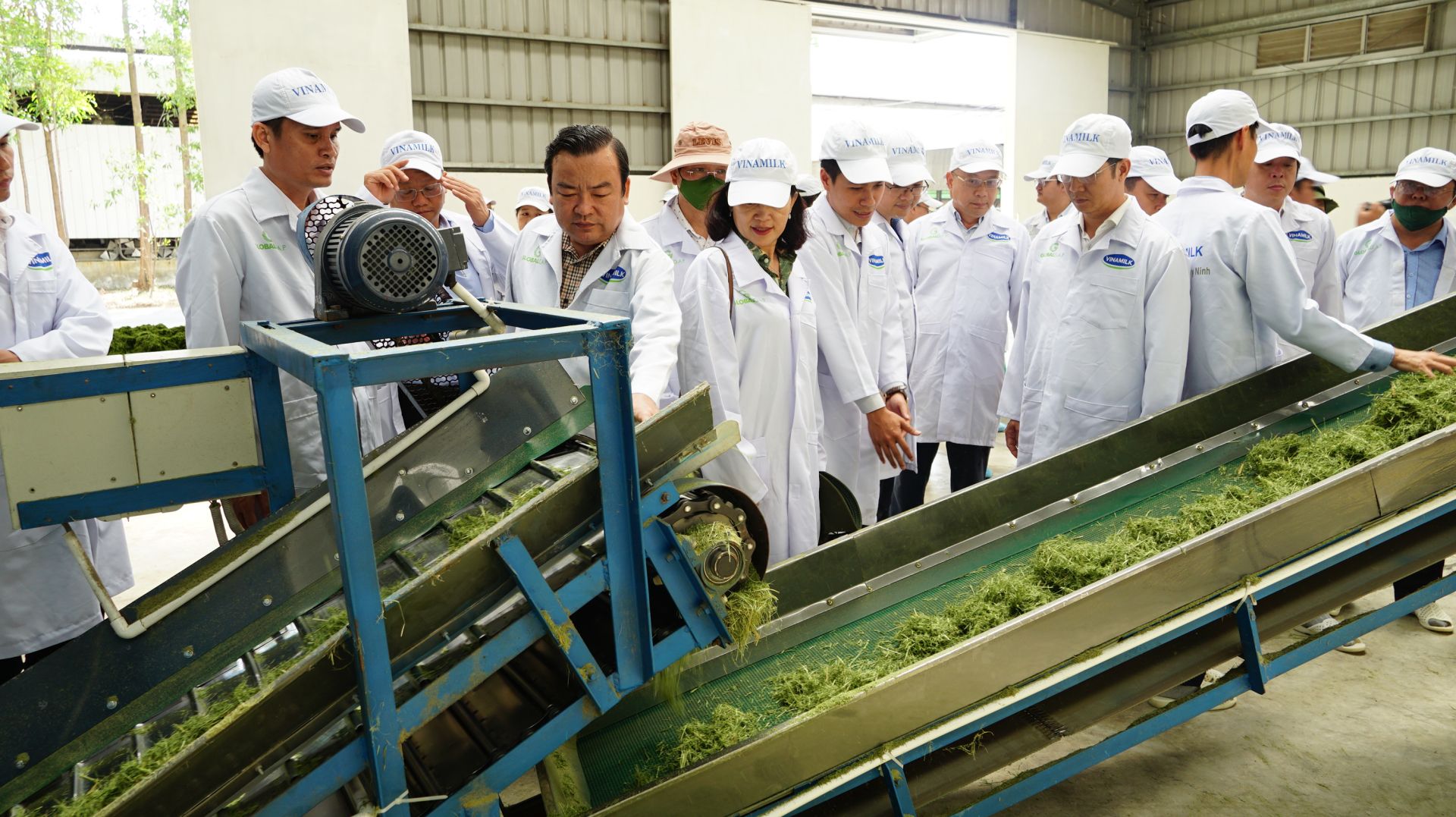
![[Photo] First training session in preparation for the parade to celebrate the 80th anniversary of National Day, September 2nd](https://vphoto.vietnam.vn/thumb/1200x675/vietnam/resource/IMAGE/2025/6/25/ebf0364280904c019e24ade59fb08b18)
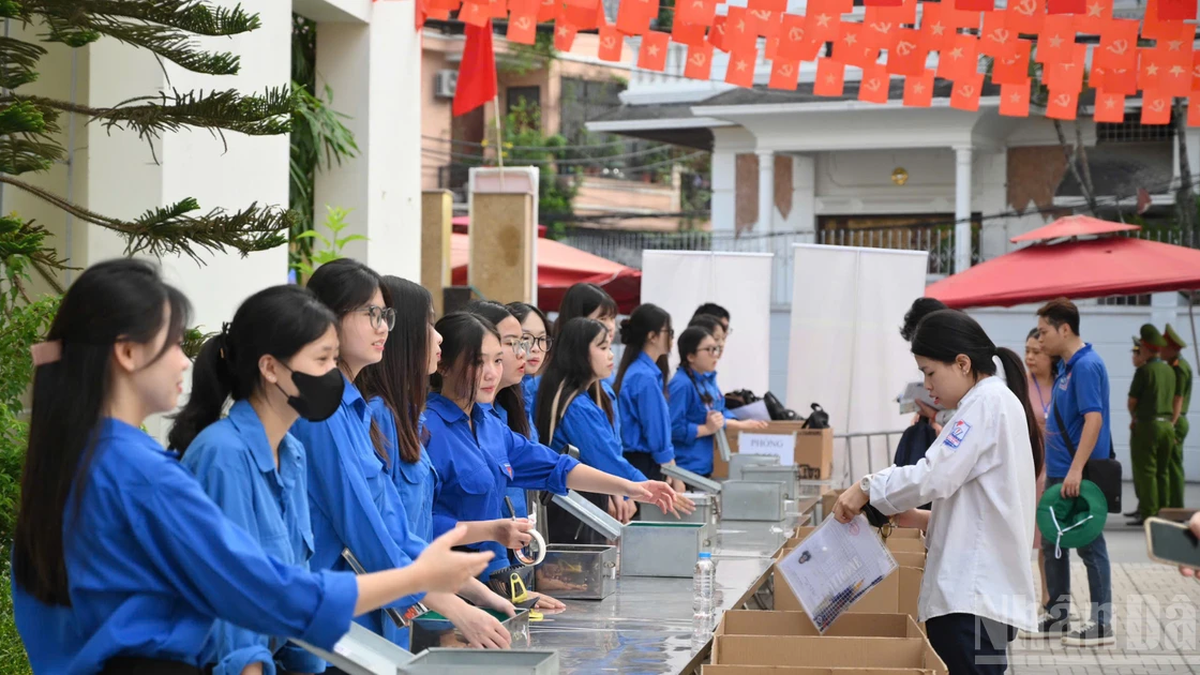
![[Photo] More than 1.1 million candidates nationwide enter the 2025 High School Graduation Exam](https://vphoto.vietnam.vn/thumb/1200x675/vietnam/resource/IMAGE/2025/6/26/9156d47f0f6e4268aa4a7dcdb05477f7)

![[Photo] More than 124,000 candidates in Hanoi complete procedures for the 2025 High School Graduation Exam](https://vphoto.vietnam.vn/thumb/1200x675/vietnam/resource/IMAGE/2025/6/25/fa62985b10464d6a943b58699098ae3f)

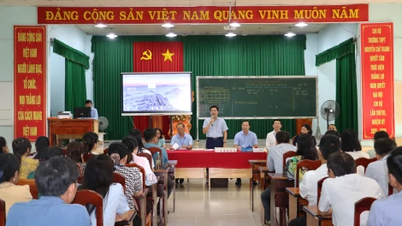

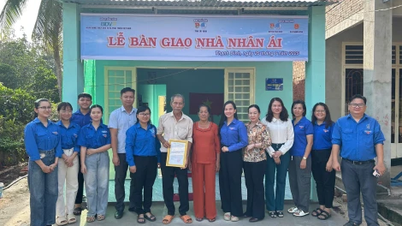
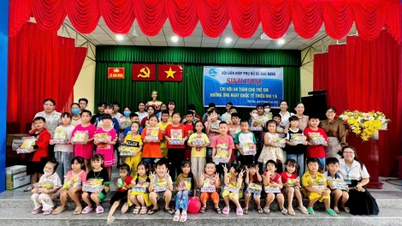
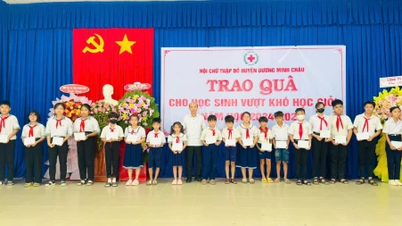






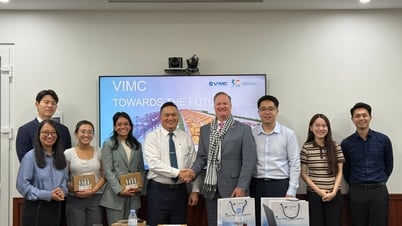
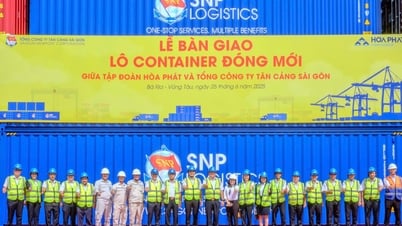
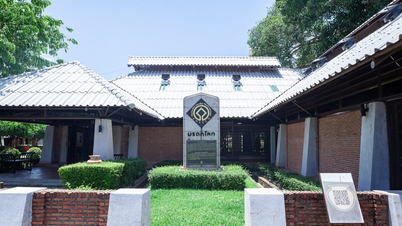
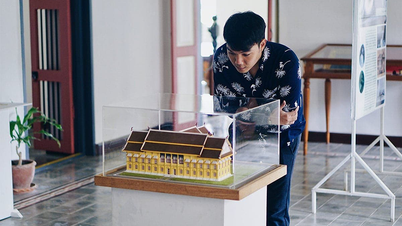

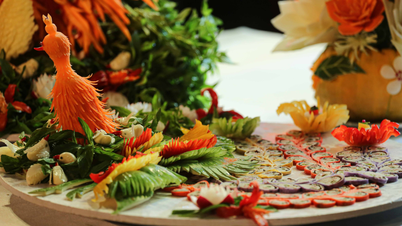









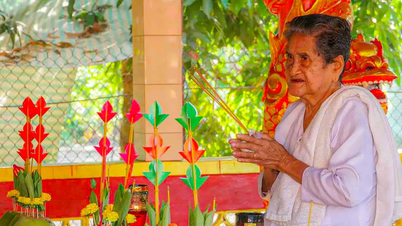





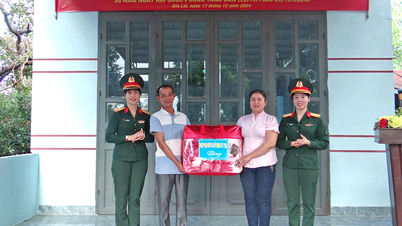



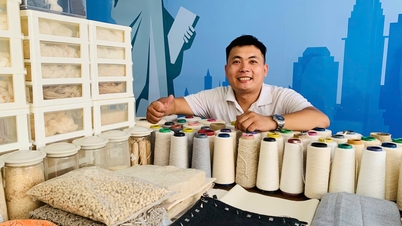

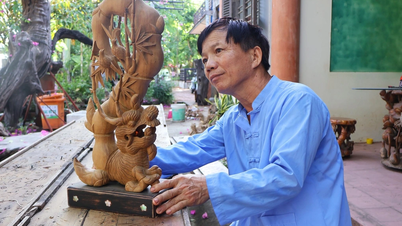

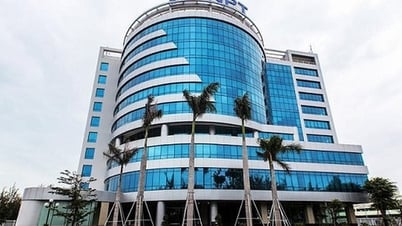




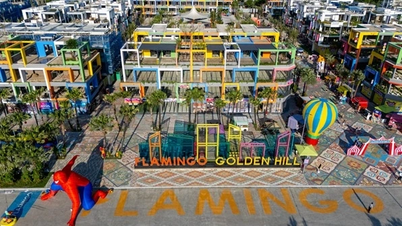












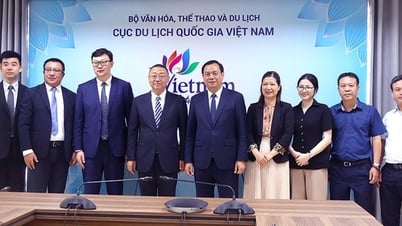

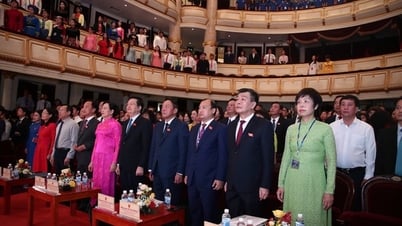


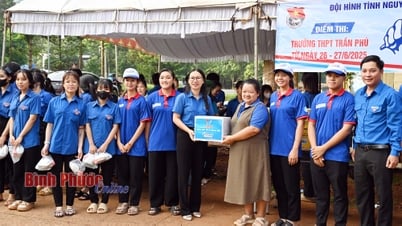

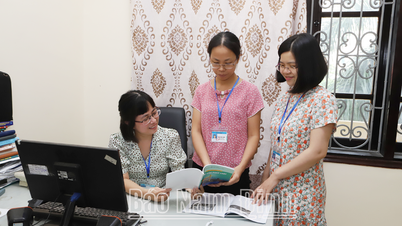

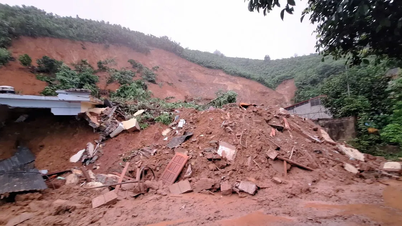
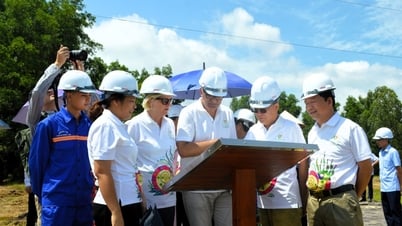

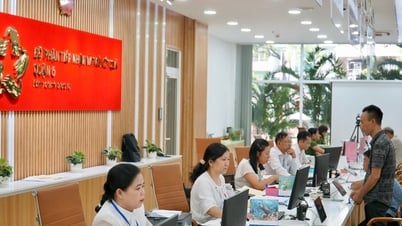














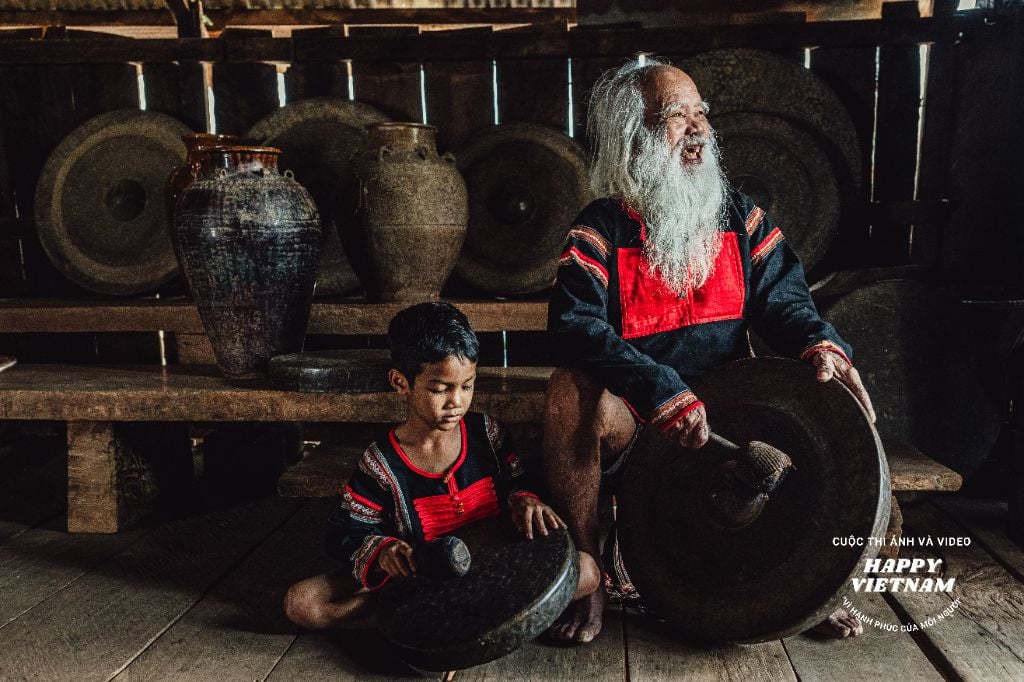
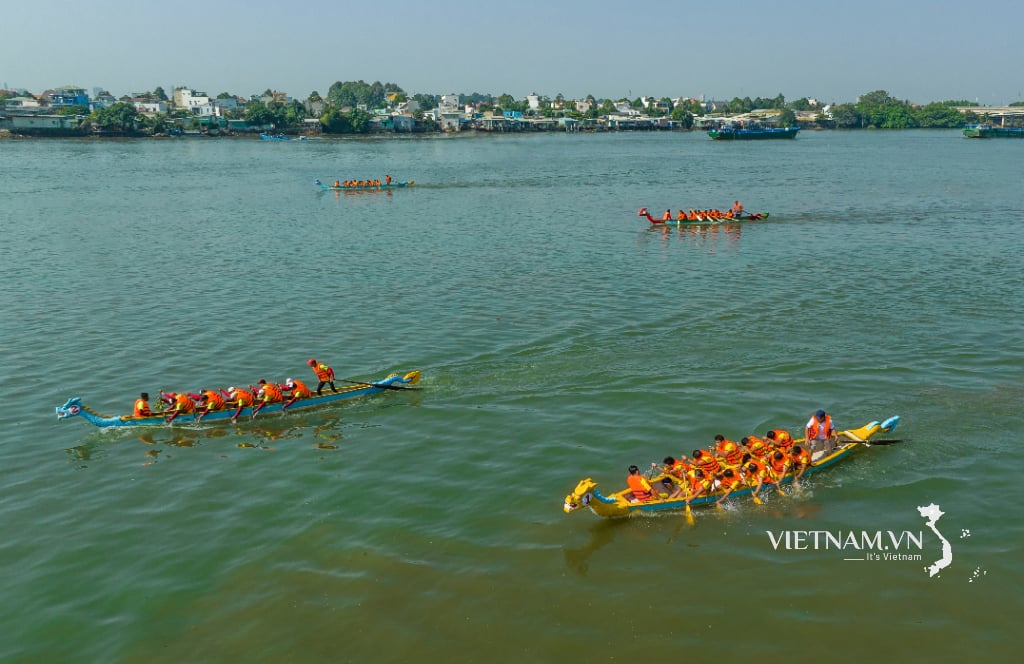

Comment (0)